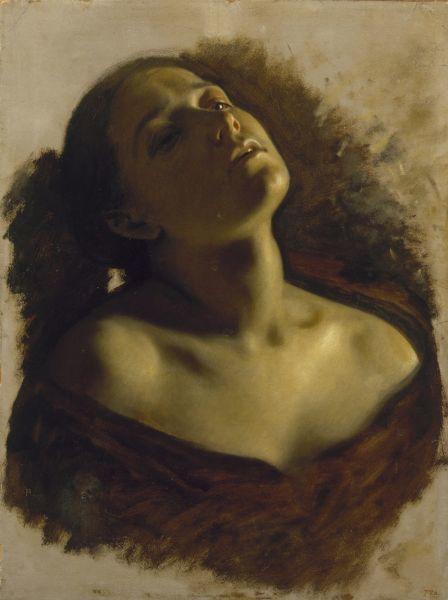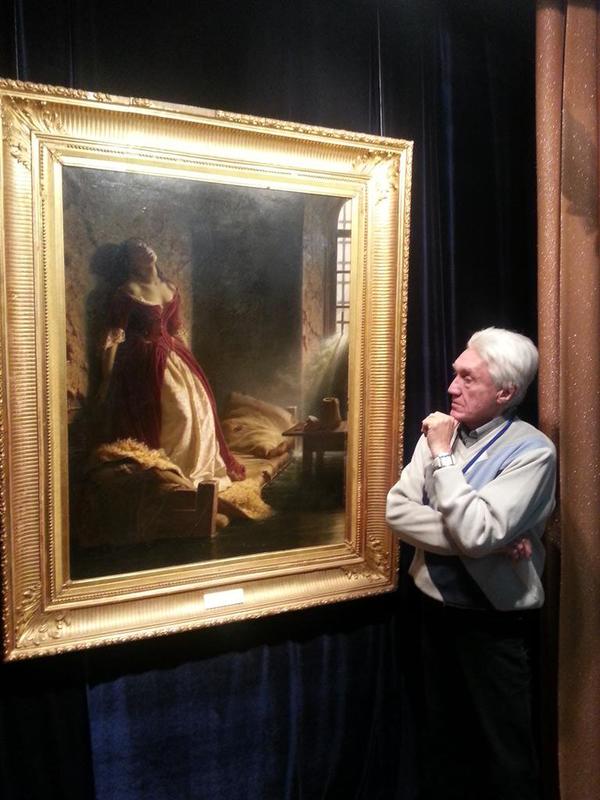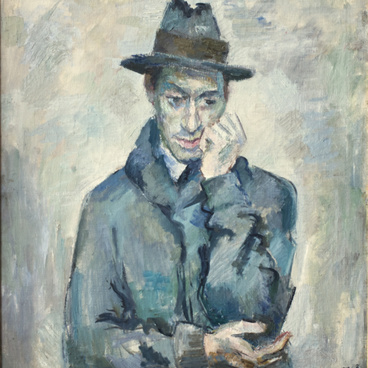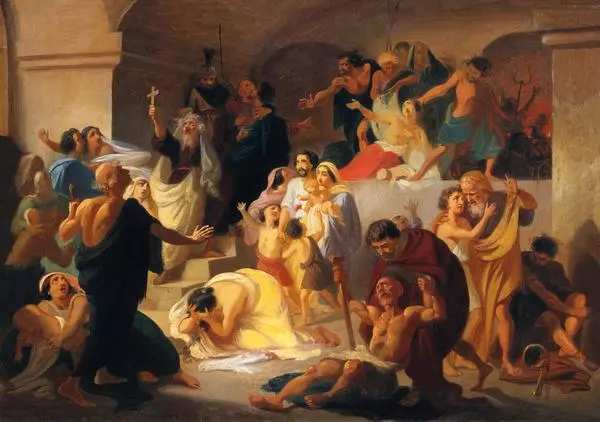Konstantin Dmitrievich Flavitsky - a pupil of the house for poor children, a pensioner of the Society for the Promotion of Artists, a student of the Academy of Arts – made it into history of art, mainly as the author of the famous painting ‘Princess Tarakanova.’ Thanks to her, he was able to get the title of professor immediately, without being an academician. At an exhibition at the Academy of Arts, Emperor Alexander II, seeing this work, recognized the artist’s talent, but ordered to indicate in the catalog that the plot was “borrowed from a novel that does not have any historical truth”. The Penza Art Gallery presents an author’s repetition of the main picture half the size of the original, which is now stored in the State Tretyakov Gallery.
This work is dedicated to the legendary story of the death of ‘Elizabeth, Princess of Vladimir’ - the famous pretender to the Russian throne, posing as the daughter of Empress Elizabeth of Russia. She made claims to the throne in the first half of the 1770s, in the midst of a fierce struggle between the government and the troops of Emelyan Pugachev. On behalf of Catherine II, Count A.G. Orlov arrested this woman in May 1775 in the Italian city of Livorno and brought her to St. Petersburg, where she was taken to the Peter and Paul Fortress and in December 1775 died of consumption.
Nevertheless, these boring historical facts in the mid-19th century overgrew with legends that corresponded to the spirit of the times, protest against despotism, the requirements for a critical understanding of history, and recognition of the role of man. As a result, the liberal public enthusiastically greeted the picture, it was exhibited in Paris and Moscow and read as an allegory, and the heroine became an innocent victim of the regime.
Although critics rightly noted the complete discrepancy between historical facts and images: the dress of the 19th century style, and the prisoner could not have it, the prison casemates were wooden, not stone, and without windows; the flood occurred two years after the death of the impostor.
Konstantin Flavitsky based his picture on strong contrasts - between the brilliant past of the heroine and her miserable present, between her former luxury, the remainder of which is a magnificent outfit, and the impoverished atmosphere of the prison cell, between the blossoming, full of life young beauty and the inevitable inglorious death that awaits her. The artist embodied his theme with exciting tragedy.








